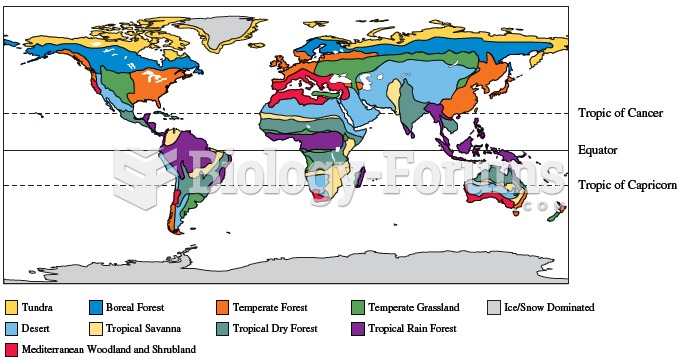Answer to Question 1
The range of relationship types extends from that of a vendor to that of a strategic alliance. In the context of the more traditional vertical context, a vendor is represented simply by a seller or provider of a product or service, such that there is little or no integration or collaboration with the buyer or purchaser. In essence, the relationship with a vendor is transactional, and parties to a vendor relationship are said to be at arm's length (i.e., at a significant distance). While this form of relationship suggests a relatively low or nonexistent level of involvement between the parties, there are certain types of transactions for which this option is desirable, such as one-time or even multiple purchases of standard products and/or services.
Alternatively, the relationship suggested by a strategic alliance is one in which two or more business organizations cooperate and willingly modify their business objectives and practices to help achieve long-term goals and objectives. The strategic alliance by definition is more strategic in nature and is highly relational in terms of the firms involved. This form of relationship typically benefits the involved parties by reducing uncertainty and improving communication, increasing loyalty and establishing a common vision, and helping to enhance global performance. Alternatively, the challenges with this form of relationship include the fact that it implies heavy resource commitments by the participating organizations, significant opportunity costs, and high switching costs.
Leaning more toward the strategic alliance end of the scale, a partnership represents a customized business relationship that produces results for all parties that are more acceptable than would be achieved individually. Partnerships are frequently described as being collaborative..
Answer to Question 2
False







